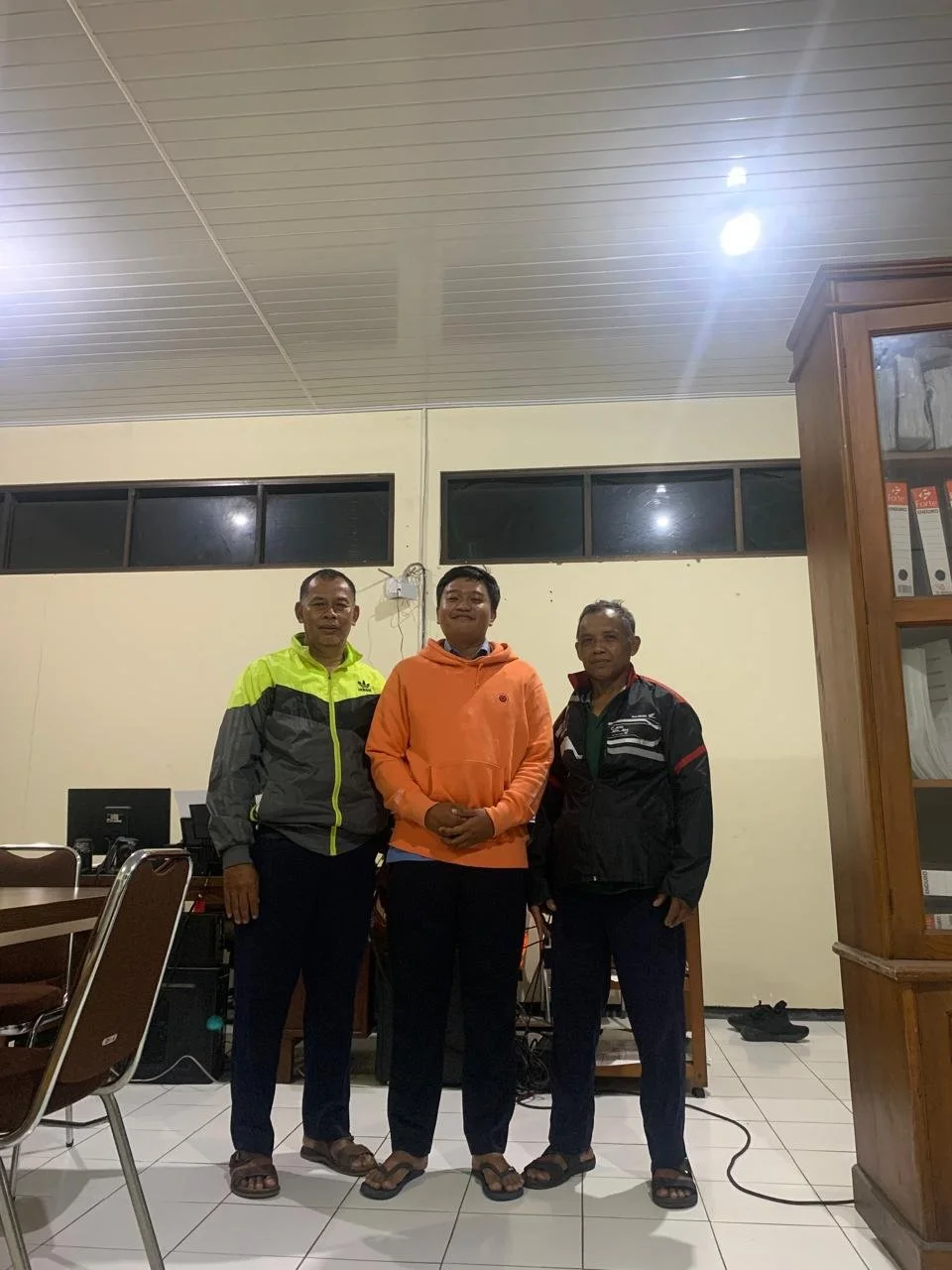Water utilities' experiences with mWater in Indonesia
In Indonesia, the provision of water services in urban areas is the responsibility of PDAMs (Perusahaan Daerah Air Minum), Local Government Owned Water Utilities. Here we share experiences from two PDAMs who have been making use of mWater in managing their data.
PDAM Salatiga
What kind of data challenges do you have in running the PDAM?
Some of our assets are still not fully documented and mapped. As a result, when issues such as water flow disruptions occur, we face difficulties in identifying the cause, which ultimately requires more time to resolve. This hinders the effectiveness and efficiency of our response to such problems.
How is mWater changing your workflow with data?
mWater facilitates the structured and systematic collection of our asset data. With complete asset data, we can proceed to the next stages, such as monitoring water quality, quantity, and service continuity. This helps us manage PDAM assets and operations more efficiently.
How do you ensure data quality?
Currently, our data quality still has room for improvement because there are occasional discrepancies between the data and field conditions. To enhance accuracy, we validate assets by working directly with the relevant divisions, such as the transmission and distribution division, in the field. This validation is also conducted during handling activities such as leak repairs or flow disruptions, allowing us to simultaneously validate exiting assets.
How does data from mWater impact your decision-making? How does it improve data management and outcomes?
Data from mWater makes it easier for us to determine the steps that need to be taken. For example, in sampling water quality at customer/connection points, mWater assists us by providing estimates of the distance and elevation between the water source and household connections. With this information, we can quickly and accurately determine the sampling locations, leading to more accurate and data-driven decisions.
Ilham (Head of Technical Division) oversees the pipe maintenance work in the field - PDAM Salatiga
PDAM Surakarta
What kind of data challenges do you have in running the PDAM?
One of the main challenges is the lack of valid and high-quality data to use as a basis for operational work and decision-making. The absence of accurate data makes it difficult for us to conduct proper analysis and make effective decisions.
How is mWater changing your workflow with data?
With mWater, the data collection process has become more structured and efficient. The collected data, especially critical data such as customer data, can be more easily analysed and used as an accurate guide in various company tasks. This allows us to work more effectively and in line with our needs.
How do you ensure data quality?
To ensure data quality, we apply a comparison method, where old data is compared with new data and adjusted to the latest field conditions, including changes in area or regional expansion in the city of Surakarta. This approach helps us ensure that the data we have is always up-to-date and relevant.
How does data from mWater impact your decision-making, how does it improve data management and outcomes?
Valid data from mWater enables us to make more accurate and targeted decisions based on real conditions in the field. This positively impacts the quality of the decisions made and helps the company achieve its goals more effectively. Additionally, better data validity strengthens our data management by providing a clear comparison between data and after collection through various methods.
PDAM Data Champion - Salatiga
The Data Champion, Firman, has been instrumental in developing asset management at the PDAM.
How did you first get involved with mWater, and what was your initial impression?
I first got involved with mWater when I was assigned by Mr. Ilham (Head of Technical Division) to attend a meeting about mWater. Initially, we thought mWater was just about mapping. However, after receiving a more detailed explanation, I realized that this project is a breakthrough that can significantly help enhance PDAM in the future, especially as we are currently transitioning to digitalizing our data.
Can you share a specific example of how mWater has improved your work?
A specific example would be in managing pipeline assets and their accessories. mWater helps us analyse the length of pipes and the number of accessories we have. This makes it easier to plan and monitor operations as a whole.
What challenges did you face during the transition to mWater, and how did you overcome them?
One of the main challenges was the incomplete data on the assets we have. Additionally, inconsistent naming of assets posed as a problem, where a single asset could have three different names. To address this, we standardized the naming of asset data before uploading it into mWater system, ensuring that the resulting data is more consistent and reliable.
How has mWater impacted your team’s ability to manage assets effectively?
mWater has made it easier for us to analyze issues that arise in one of the water service zones. Moreover, mWater can recommend which assets have exceeded their useful life and provide cost estimates for replacing those assets. This greatly aids in planning and managing assets more efficiently.
What advice would you give to other PDAM across Indonesia considering using mWater for asset management?
I highly recommend other PDAM staff try using mWater. This platform can integrate data from various divisions and analyse it in an informative and efficient manner. This makes it easier for us to obtain the necessary information and make more effective decisions.
Firman (middle) back from the field with 2 of asset validators - PDAM Salatiga
mWater’s asset management features are freely available for your water utility work as well. To learn more, see https://www.mwater.co/blog/asset-systems


